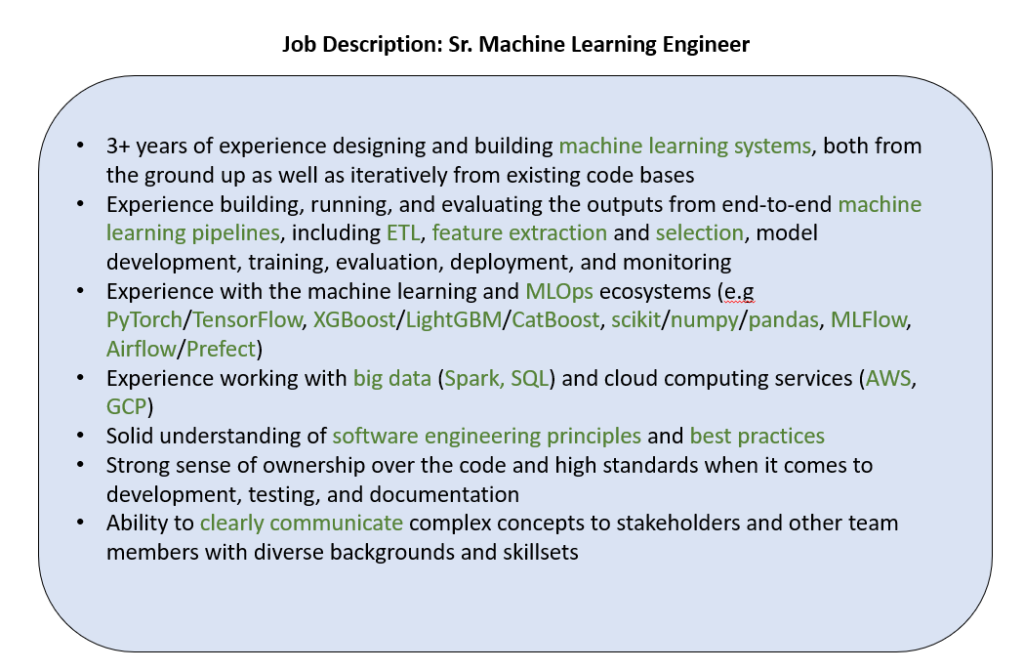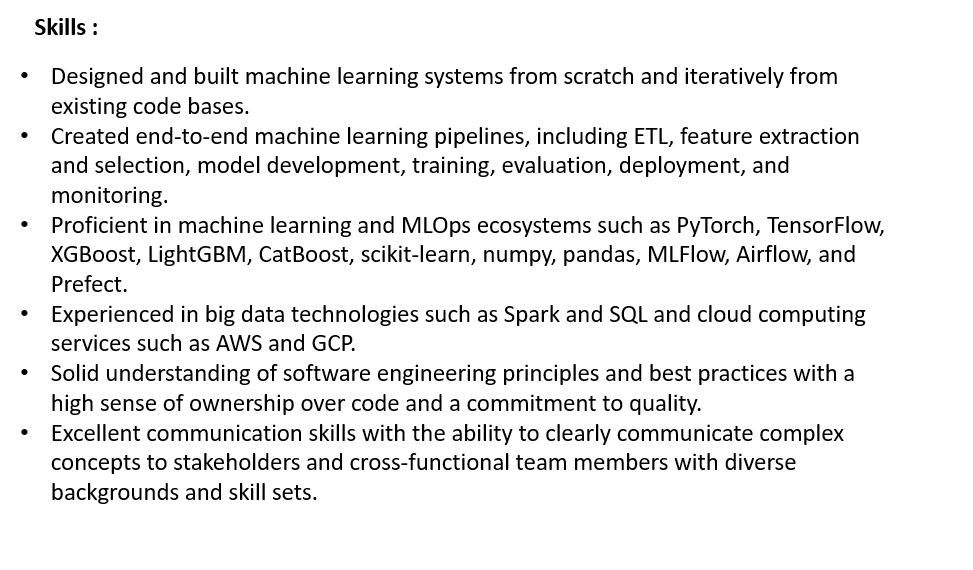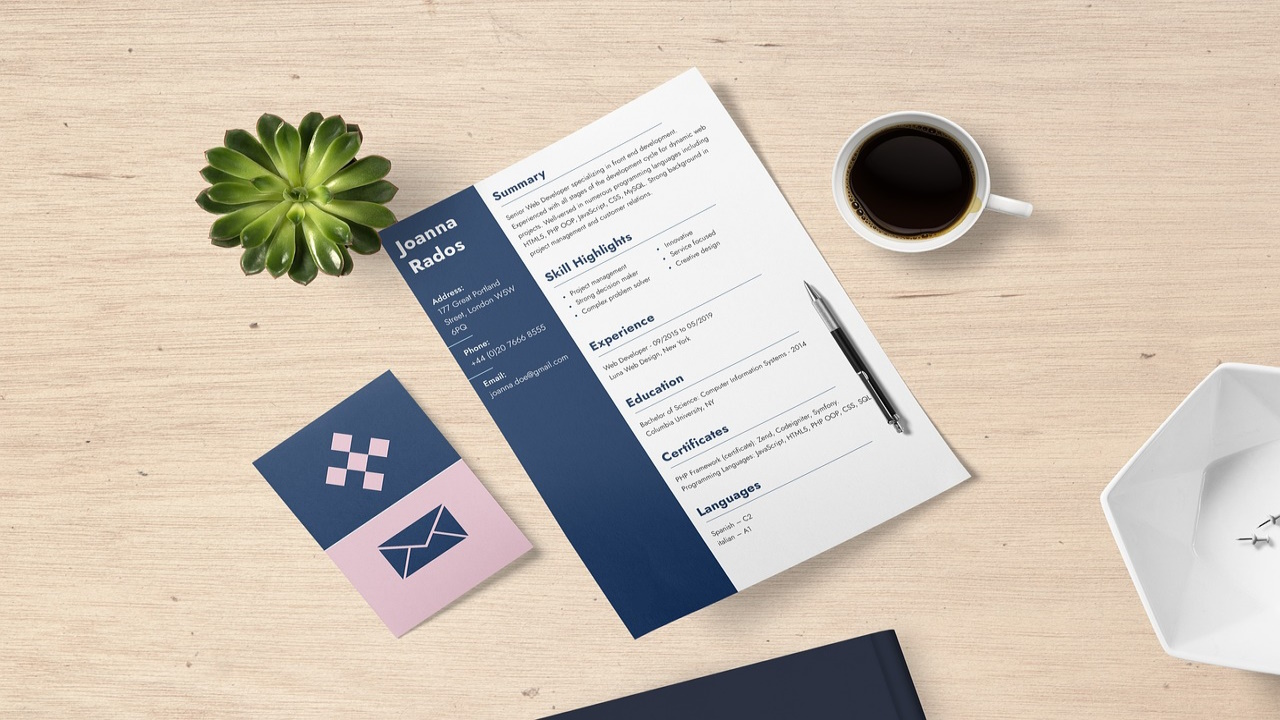Table of Contents
In today’s technology-driven world, machine learning is one of the fastest-growing fields. With companies investing more in artificial intelligence, machine learning professionals are in high demand.
According to World Economic Forum, 97 million new jobs will be created worldwide by 2025. As of 2022, the global AI market is valued at over $136 billion and is projected to grow at a compound annual growth rate (CAGR) of 39.4% to reach approximately $422.37 billion by 2028.
According to the International Data Corporation (IDC), In India AI market in India is projected to grow at a CAGR of 20.2 % to reach $ 7.8 billion by 2025 from $ 3.1 billion in 2020. The above projection signifies that AI/ML job market has significant job prospects in the future having the capability to generate millions of jobs globally.
However, to land a job in this field, you need to have a well-written machine learning resume that highlights your skills and experience. This guide will provide you with expert tips and tricks to help you create a winning resume for a machine learning job.
- Tailor your Resume to the Job Description
- Highlight your Machine Learning Skills
- Showcase Relevant Experience
- Emphasize Your Education and Certifications
- Provide Links to Your Projects and Publications
- Formatting Your Machine Learning Resume
- Common Mistakes to Avoid
Now, let’s discuss each of the points in detail.
1. Tailor your Resume to the Job Description
As we know Machine learning includes lots of skills and technologies. So, no single resume can fit all Machine Learning Job roles. It means you have to tailor your machine learning resume based on the requirements and skillset mentioned in different job descriptions.
Some of the key points you should keep in mind while tailoring your resume.
1.1) Identify the keywords and skills in the Job Description
Almost all Fortune 500 companies use an Application Tracking System (ATS) to filter out non-relevant resumes. For example, ATS, Taleo, which is used by the majority of companies, automatically looks for relevant keywords as per the job description and scores your resume accordingly.
Therefore, it is very important to identify keywords and skills in the Job description so that you can assess your expertise and map them into your resume accordingly. The below image shows the Job description for the Senior Machine Learning Engineer role in a product-based company. The important keywords and skills are highlighted which you should definitely include in your resume if you are applying for this job role.

1.2) Customize your Objective Statement
Now, this step is very critical as in this step you are expected to generalize your objective statement which will mention the important skillset required in the job description. In the below example, we have tried to show you how you can write an objective statement based on the requirements in the above-mentioned job description.
Objective Statement
As a Machine Learning Engineer, I seek to leverage my expertise in designing and building ML systems, creating end-to-end pipelines, and utilizing MLOps ecosystems and big data tools to develop innovative solutions and drive business growth. With my solid understanding of software engineering principles and communication skills, I aim to work collaboratively with cross-functional teams to deliver high-quality, reliable, and scalable ML products.
1.3) Use bullet points to highlight your skills
As per the job description, you have to tailor your resume in such a way that you highlight your skills which are matching with the job description. Avoid using long paragraphs in order to communicate your skillset to the recruiter.
The below image shows the skills mentioned in bullet points and matches with the above-mentioned JD.

1.4) Use Action verbs to showcase your achievements
In most Machine learning job roles, relevant experience is required for a particular skill set. Therefore, it is recommended to craft your achievements by using action verbs. In the below image, we have crafted the achievements by using action verbs.

2. Highlight your Machine Learning Skills
In order to show your expertise in Machine Learning, it’s important to highlight your ML skills in the resume. The below points help you in understanding what things you should include in your ML skills during highlighting.
2.1 Highlight your experience with Machine Learning Tools
2.2 List the Machine Learning Algorithms you have used in your projects
2.3 Emphasize your Data Analytics Skills
2.4 Mention your Data Visualization Skills
2.5 Highlight your Model Deployment knowledge and Cloud services
3. Showcase Relevant Experience
In order to write an effective resume that should pass through ATS and a human recruiter, you should write the experience matching the JD carefully by mentioning relevant details. This can be achieved by following the Context – Action – Result (C-A-R) approach. In the C-A-R approach, we first mention the context of the problem, then mention the relevant action taken and finally quantify your efforts by the relevant percentage of improvement.
The below image shows an example of following the C-A-R approach while writing experience in bullet points.

4. Emphasize Your Education and Certifications
Emphasizing education and certification is important while writing a resume for a Machine Learning (ML) job role for several reasons:
- Demonstrates Relevant Background: A degree or certification in a relevant field such as computer science, mathematics, or statistics shows that the candidate has the necessary knowledge and skills to work in an ML-related role. Employers often look for candidates with a strong background in these areas to ensure that they have the required foundation to understand and work with ML models and algorithms.
- Highlight Relevant Coursework: A degree program in a relevant field usually includes coursework that is relevant to ML, such as statistics, linear algebra, and machine learning theory. Highlighting relevant coursework on the resume shows the employer that the candidate has taken courses that provide a solid foundation for ML work.
- Demonstrates Learning and Growth: Continuing education and certification demonstrate a candidate’s ongoing commitment to learning and staying current with industry trends and advancements. This is especially important in the rapidly evolving field of ML, where new technologies and techniques emerge every day.
- Provides Credibility: Certifications from reputable organizations, such as Google Cloud, AWS, or Microsoft, provide third-party validation of a candidate’s knowledge and skills in a specific area of ML. This can provide added credibility to the candidate’s resume and increase their chances of being hired.
5. Provide Links to Your Projects and Publications
Providing links to projects and publications is important in resume writing for a Machine Learning (ML) job role for several reasons:
- Demonstrates Practical Experience: Employers want to see that candidates have practical experience working with ML models and algorithms. Providing links to relevant projects that showcase the candidate’s ML skills can demonstrate practical experience and expertise beyond just listing technical skills on the resume.
- Showcases Creativity and Innovation: Providing links to ML projects can demonstrate a candidate’s creativity and innovation in solving real-world problems. It can also show the candidate’s ability to apply ML techniques to diverse domains and applications.
- Demonstrates Communication and Collaboration Skills: Publishing research papers, blog posts, or contributing to open-source projects shows a candidate’s ability to communicate complex ML concepts in a clear and concise manner. It can also demonstrate their ability to collaborate with others.
6. Formatting Your Machine Learning Resume
When formatting a resume for a machine learning (ML) job role, here are some recommendations to consider:
- Use a clean and easy-to-read format: Avoid using complex sentences instead write everything in simple sentences and break up it into bullet points.
- Consistent Fonts: Try to use a font family that is easy to read, such as Arial, Times New Roman, or Calibri, and stick to a font size between 10-12.
- Date Format: Use the reverse chronological format (Latest to Oldest) for mentioning your experience and Education level.
- File Format: Always keep your latest resume in PDF format as it is the most preferred file format in most companies. While some of the companies also require Word format. So, it’s better to keep both PDF and Word formats handy.
7. Common Mistakes to Avoid
There are several common mistakes that job seekers make while writing resumes, and it’s important to avoid them to increase your chances of getting noticed by recruiters and hiring managers. Here are some common mistakes to avoid:
- Typos and grammar errors: Proofread your resume carefully to avoid any typos and grammar errors. Use spell-checking tools and give your resume to your friend or family member to read it over as well.
- Including irrelevant information: Keep your resume focused on the job you’re applying for and avoid including irrelevant information such as hobbies or personal details.
- Avoid using a generic resume: Customize your resume for each job you apply for and tailor it to match the specific requirements of the position. Also, try to avoid generic sentences in your experience and achievements section instead try to explain the details which are relevant to mention.
- Using a non-professional email address: Use a professional email address that includes your name rather than a personal or inappropriate email address.
- Not highlighting achievements: Instead of just listing your responsibilities, highlight your accomplishments and achievements in your previous roles.
- Being too lengthy: Keep your resume concise and to the point, ideally no more than two pages.
- Not formatting it properly: Make sure your resume is well-formatted and easy to read. Use a clean and consistent layout and choose an easy-to-read font.
By avoiding these common mistakes, you can create a strong and effective resume that stands out to potential employers.
Cross Check Points
- Use keywords and phrases from the job description throughout your resume
- Customize your objective statement and summary to match the job requirements
- Use bullet points to highlight your machine learning skills and achievements
- Use action verbs to showcase your accomplishments
- Quantify your achievements with numbers and percentages
- Provide links to your machine learning projects and publications
- Keep your resume concise and easy to read
- Use simple fonts and styles to make your resume professional-looking
- Proofread your resume multiple times to avoid grammatical errors and typos
- Avoid including irrelevant information in your resume
Conclusion
Writing a winning machine learning resume requires careful consideration of your skills, experience, and qualifications. By tailoring your resume to the job description, highlighting your machine learning skills, emphasizing relevant experience, and showcasing your education and certifications, you can create a resume that stands out in a competitive job market. Remember to proofread your resume multiple times and avoid common mistakes to increase your chances of getting hired.
FAQ
Q: What should be included in a resume for a Machine Learning job role?
A: A resume for a Machine Learning job role should include your education, relevant work experience, technical skills, projects related to Machine Learning, and any certifications or awards related to the field.
Q: How long should a resume for a Machine Learning job role be?
A: A resume for a Machine Learning job role should be one to two pages long. It should be concise and highlight the most important information relevant to the job role.
Q: What are the key skills required for a Machine Learning job role?
A: Some key skills required for a Machine Learning job role include strong programming skills (e.g. Python, R), experience with Machine Learning algorithms and frameworks, data analysis and visualization skills, and a strong understanding of statistics and mathematics.
Q: Should I include non-technical skills on my resume for a Machine Learning job role?
A: Yes, you should include non-technical skills on your resume for a Machine Learning job role. Some important non-technical skills include communication skills, problem-solving abilities, teamwork, and project management experience.
Q: How should I format my resume for a Machine Learning job role?
A: You should format your resume for a Machine Learning job role in a clean, organized, and easy-to-read manner. Use bullet points to highlight key points and use headings to separate different sections. Also, make sure to use a font size and style that is easy to read.
Q: Should I include a cover letter with my resume for a Machine Learning job role?
A: Yes, it is recommended to include a cover letter with your resume for a Machine Learning job role.
